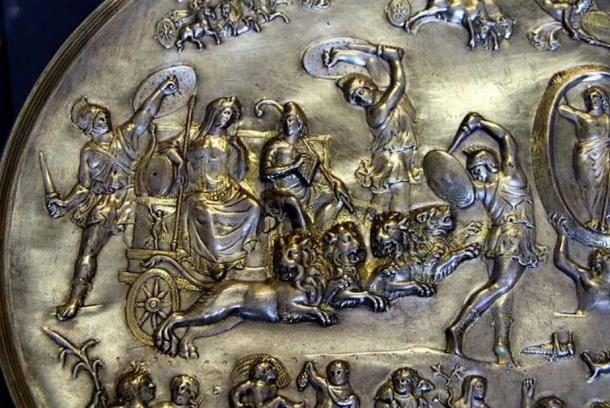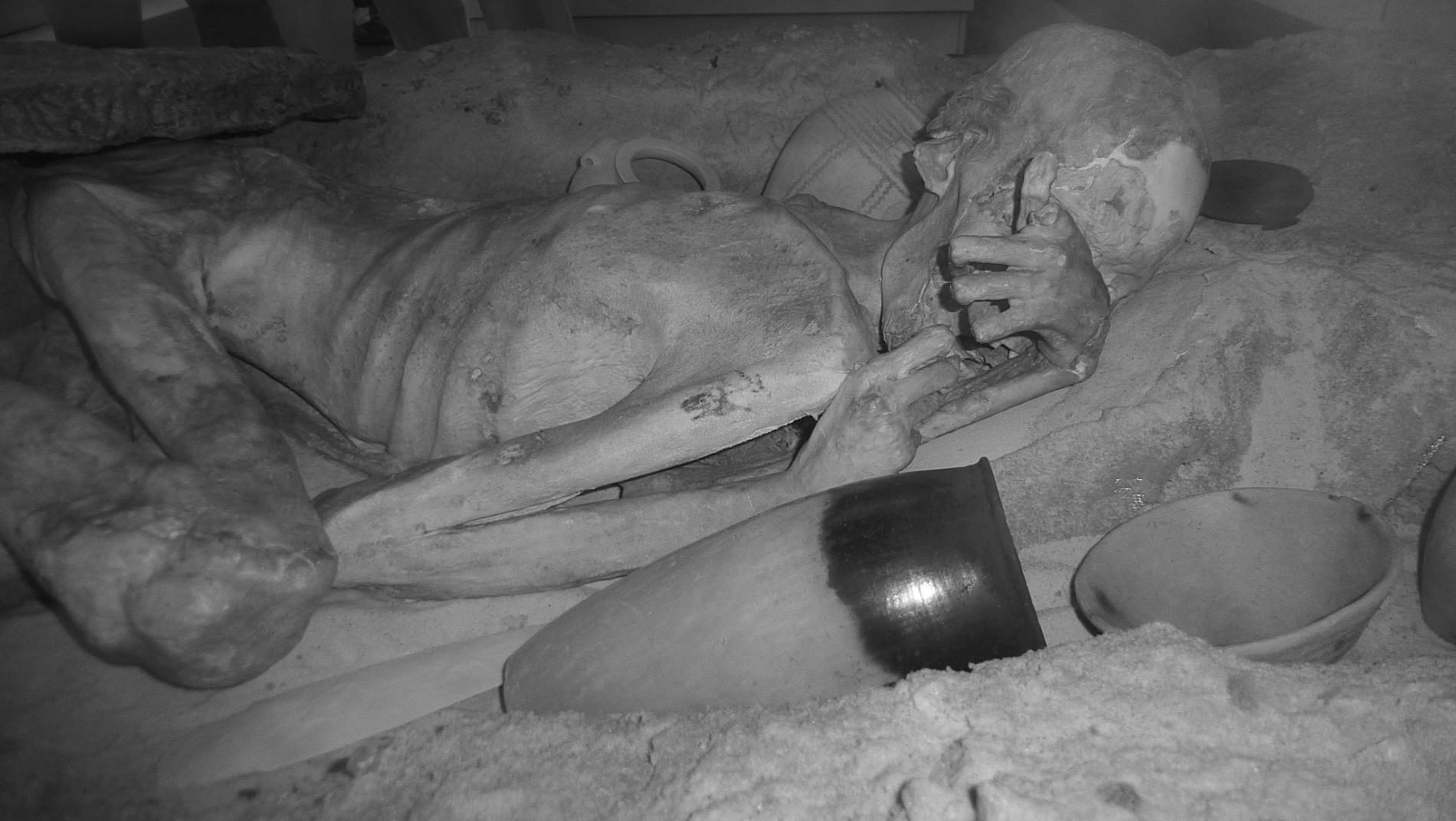
© Giovanni Dall’OrtoCybele and Attis (seated right, with Phrygian cap and shepherd's crook) in a chariot drawn by four lions, surrounded by dancing Corybantes (detail from the Parabiago plate; embossed silver, c. 200–400 AD, found in Milan, now at the Archaeological Museum of Milan).
Recently, it has been popular to suggest in some circles that Christianity was influenced, or even derived from, the ancient Roman mystery religions - religions often known to have orgiastic rituals and connection to a personal god. One pagan figure that is popular among proponents of this idea is Attis, a Phrygian god associated with vegetation and consort of the goddess Cybele.
Attis is claimed to have been born of a virgin, crucified on a tree and rose again from the dead in a similar manner to Jesus. Those elements may sound similar, however closer examination shows that
there is little evidence for these claims and that the original myth bears little resemblance to the Gospel narrative.
Mystery Religions and ChristianityMystery religions arose during the Hellenistic Period and continued into the Roman Period until about the 5th century, when most pagan traditions in the Roman Empire were replaced by Christianity. They were characterized by elaborate orgiastic rituals, secret knowledge, and an emphasis on a direct personal relationship with a particular god.
The old Greek and Roman gods were distant and indifferent to human concerns. The gods of the mystery religions, however, genuinely cared about humanity and could be personally accessed with relative ease. Isis, the Egyptian goddess and the subject of a particularly popular mystery religion, fed the Nile with her tears and, in the past, was responsible for nurturing Pharaoh and giving him his divine power to govern Egypt effectively.



Comment: Also See: